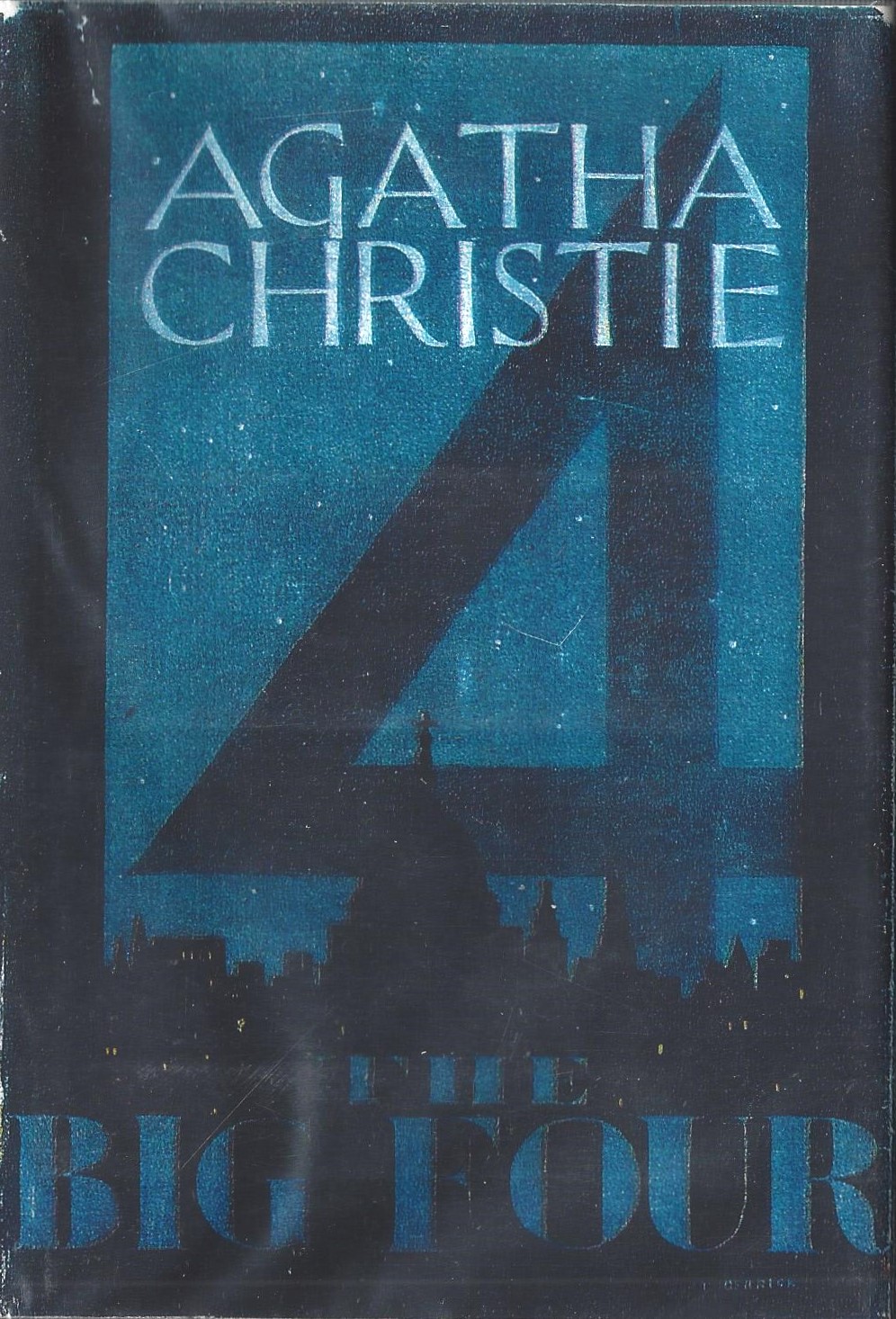1. What are five characteristics of our beneficiary?
- Young people with big dreams
- Talented at riding bikes
- Lacking exposure to the affluent international society.
- Oppressed/discriminated against, both in terms of gender (female) and race (black).
- Lacking financial support.
2. What is the EI we should design for?
- Lack of engagement in humanitarian causes
- Regional poverty
- Lack of sustainable income for NGOs
3. What is the problem we are trying to take action on?
- MCC has insufficient monthly donors
- Lack of global awareness of the MCC
- There is a reluctance for people to be monthly donors
4. What does success look like?
- 500 monthly donors
- More opportunities for the athletes to race and travel.
- Females and males treated equally
- Higher community and worldwide recognition
- Increased media exposure
- Increased access to education and experiences
- Cover fundamental amenities and equipment costs













